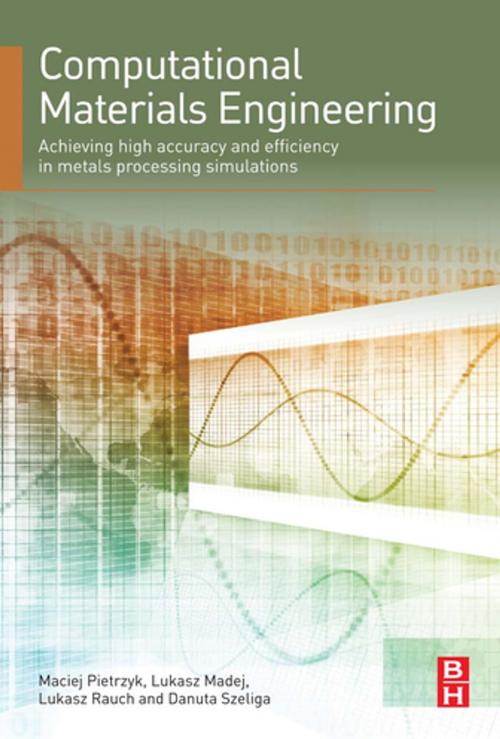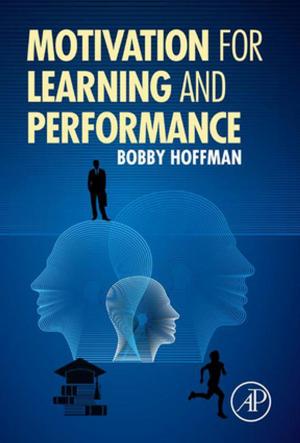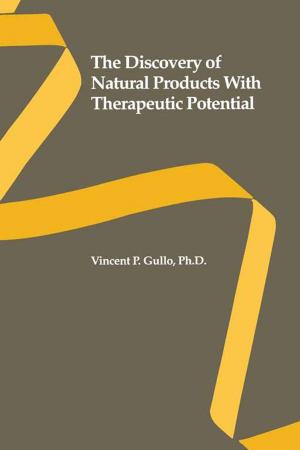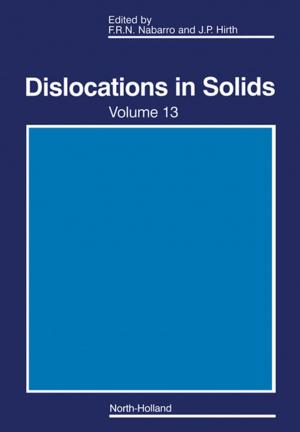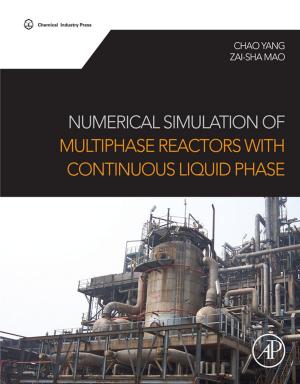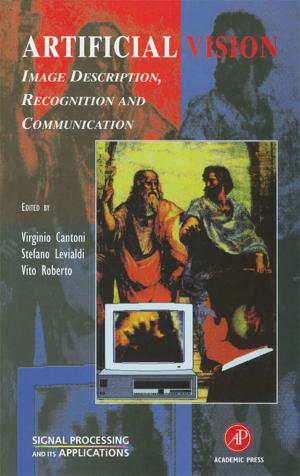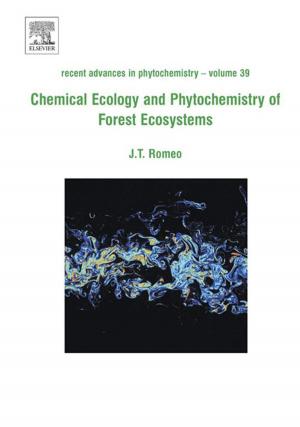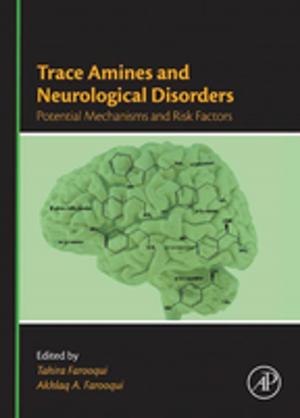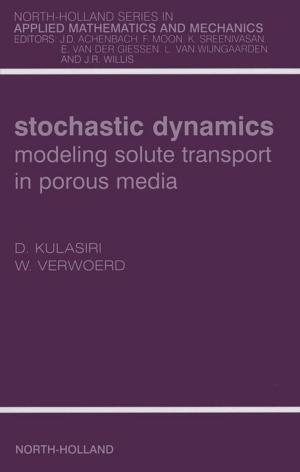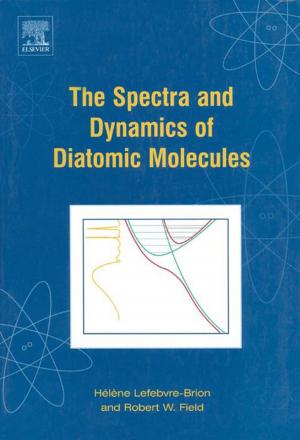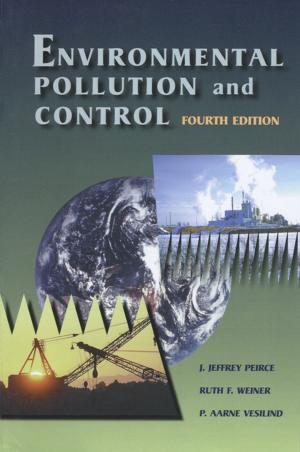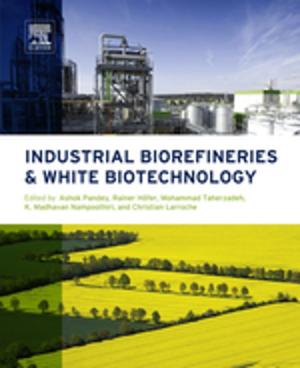Computational Materials Engineering
Achieving High Accuracy and Efficiency in Metals Processing Simulations
Nonfiction, Science & Nature, Technology, Material Science, Computers, Advanced Computing, Programming, Data Modeling & Design| Author: | Maciej Pietrzyk, Ph.D., Lukasz Madej, Ph.D., Lukasz Rauch, Ph.D., Danuta Szeliga, Ph.D. | ISBN: | 9780124167247 |
| Publisher: | Elsevier Science | Publication: | July 14, 2015 |
| Imprint: | Butterworth-Heinemann | Language: | English |
| Author: | Maciej Pietrzyk, Ph.D., Lukasz Madej, Ph.D., Lukasz Rauch, Ph.D., Danuta Szeliga, Ph.D. |
| ISBN: | 9780124167247 |
| Publisher: | Elsevier Science |
| Publication: | July 14, 2015 |
| Imprint: | Butterworth-Heinemann |
| Language: | English |
Computational Materials Engineering: Achieving High Accuracy and Efficiency in Metals Processing Simulations describes the most common computer modeling and simulation techniques used in metals processing, from so-called "fast" models to more advanced multiscale models, also evaluating possible methods for improving computational accuracy and efficiency.
Beginning with a discussion of conventional fast models like internal variable models for flow stress and microstructure evolution, the book moves on to advanced multiscale models, such as the CAFÉ method, which give insights into the phenomena occurring in materials in lower dimensional scales.
The book then delves into the various methods that have been developed to deal with problems, including long computing times, lack of proof of the uniqueness of the solution, difficulties with convergence of numerical procedures, local minima in the objective function, and ill-posed problems. It then concludes with suggestions on how to improve accuracy and efficiency in computational materials modeling, and a best practices guide for selecting the best model for a particular application.
- Presents the numerical approaches for high-accuracy calculations
- Provides researchers with essential information on the methods capable of exact representation of microstructure morphology
- Helpful to those working on model classification, computing costs, heterogeneous hardware, modeling efficiency, numerical algorithms, metamodeling, sensitivity analysis, inverse method, clusters, heterogeneous architectures, grid environments, finite element, flow stress, internal variable method, microstructure evolution, and more
- Discusses several techniques to overcome modeling and simulation limitations, including distributed computing methods, (hyper) reduced-order-modeling techniques, regularization, statistical representation of material microstructure, and the Gaussian process
- Covers both software and hardware capabilities in the area of improved computer efficiency and reduction of computing time
Computational Materials Engineering: Achieving High Accuracy and Efficiency in Metals Processing Simulations describes the most common computer modeling and simulation techniques used in metals processing, from so-called "fast" models to more advanced multiscale models, also evaluating possible methods for improving computational accuracy and efficiency.
Beginning with a discussion of conventional fast models like internal variable models for flow stress and microstructure evolution, the book moves on to advanced multiscale models, such as the CAFÉ method, which give insights into the phenomena occurring in materials in lower dimensional scales.
The book then delves into the various methods that have been developed to deal with problems, including long computing times, lack of proof of the uniqueness of the solution, difficulties with convergence of numerical procedures, local minima in the objective function, and ill-posed problems. It then concludes with suggestions on how to improve accuracy and efficiency in computational materials modeling, and a best practices guide for selecting the best model for a particular application.
- Presents the numerical approaches for high-accuracy calculations
- Provides researchers with essential information on the methods capable of exact representation of microstructure morphology
- Helpful to those working on model classification, computing costs, heterogeneous hardware, modeling efficiency, numerical algorithms, metamodeling, sensitivity analysis, inverse method, clusters, heterogeneous architectures, grid environments, finite element, flow stress, internal variable method, microstructure evolution, and more
- Discusses several techniques to overcome modeling and simulation limitations, including distributed computing methods, (hyper) reduced-order-modeling techniques, regularization, statistical representation of material microstructure, and the Gaussian process
- Covers both software and hardware capabilities in the area of improved computer efficiency and reduction of computing time
